Amongst the Library’s comprehensive collection of Australian children’s literature, I found the first Indigenous children’s book during my 2004 fellowship. The Legends of Moonie Jarl written by Wilf Reeves and illustrated by Olga Miller, was published in 1964 and revises previous thought that Oodgeroo Noonuccal’s Stradbroke Dreamtime (1972) was the first Indigenous children’s book.
The Legends of Moonie Jarl is extraordinary in many ways, not least that it took over 120 years for an Indigenous Australian author and an Indigenous Australian illustrator to actively participate in the Australian children’s book industry. On the 50th anniversary of its publication the Indigenous Literacy Foundation republished The Legends of Moonie Jarl in recognition of that achievement.
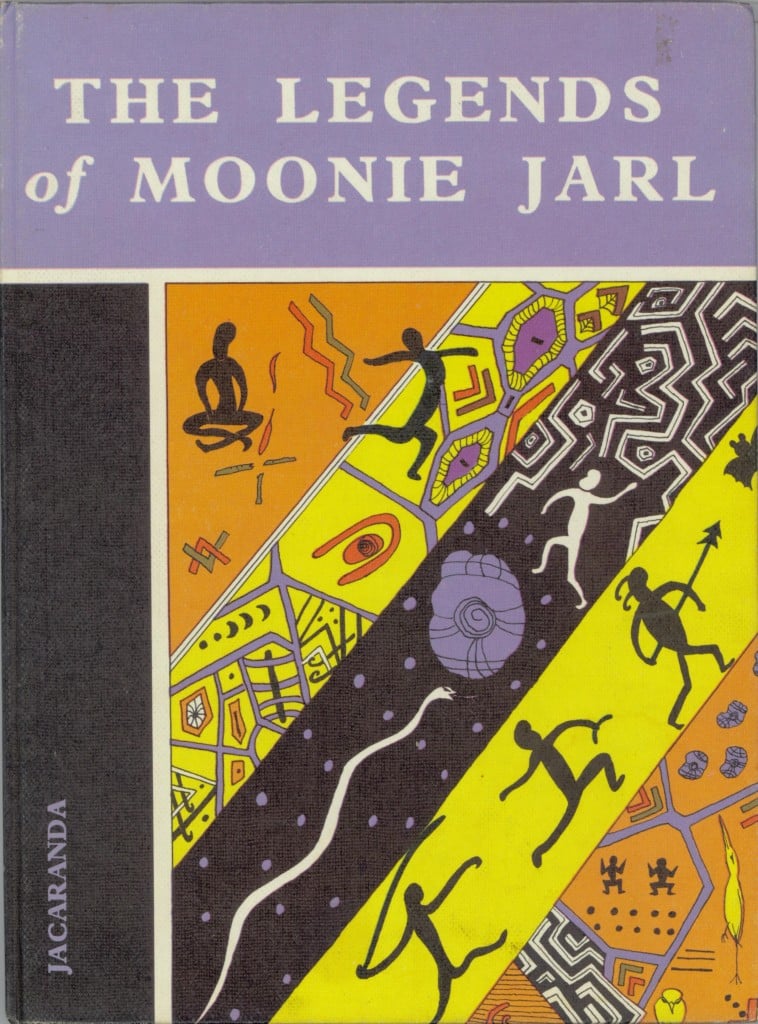
The Legends of Moonie Jarl, written by Wilf Reeves and illustrated by Olga Miller, Brisbane, Jacaranda Press, 1964
Since 1964 there has been a huge expansion in the publication of Indigenous Australian children’s books and here we celebrate a selection of that wonderful diversity.
Many people will remember Stradbroke Dreamtime by Oodgeroo Noonuccal first published in 1972 that contains traditional and contemporary stories relating to Oodgeroo’s homeland of Stradbroke Island. Perhaps the version that most resonates today is the 1993 edition illustrated by Bronwyn Bancroft, the famous Bundjalung artist whose colourful illustrations continue to enhance many Australian children’s books.
Also familiar will be The Giant Devil Dingo (1974) and The Rainbow Serpent (1975) by Dick Roughsey. These stories belong to several Cape York Peninsula peoples including Roughsey’s Lardil people of Mornington Island in the Gulf of Carpentaria.
Yulu’s Coal is a story from the Adnyamathanha Community about the formation of Wilpena Pound in the Flinders Ranges and how Yulu, the Kingfisher Man had built a fire that was later covered in dust. The former fireplace is where Leigh Creek Coal Mine is today. Shown here is the 1987 cover alongside the 2013 edition which is illustrated by Adnyamathanha children.
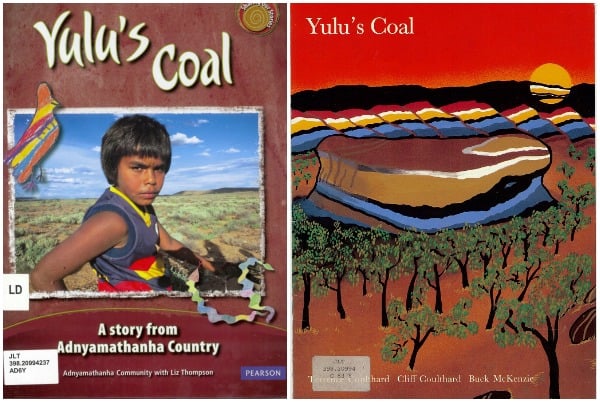
Yulu’s Coal 1987 and 2013
Turtle Egg Day (2005) by Ruth Thompson, illustrated by Bindi Waugh and Ruth Thompson is about a young girl called Wowan who goes out from camp one day with her Gran who knows much but says very little. Simply instructed to dig in a certain spot in the sand Wowan is delighted to find turtle eggs to take back to camp and share in the feast of food caught by her whole family that day.
Fish Dreaming (2012) by Beryl Philp-Carmichael, illustrated by Greer Gamble is from a series published by Indij Readers Ltd, a not-for-profit charity working with Aboriginal people and their communities to encourage readers to understand the importance of cultural identity, and perspective.
An illustrated story for young readers is Emu and the Water Tree (2012) by Gladys Milroyi who is from Palkyuin country in the eastern Pilbara of WA. This is a story about a thirsty emu who is tricked out of his special golden feather.
The Girragundji series for young readers includes My Girragundji (1998), The Binna Binna Man (1999) and Njunjul the Sun (2002) by Boori Pryor and Meme McDonald has been awarded many prizes. This series describes life’s complexities for a young Indigenous boy growing up in contemporary Queensland.
Since the late 1990s novels for older readers by Indigenous authors include those of Melissa Lucashenko (Steam Pigs 1997, Killing Darcy 1998 and Too Flash 2002), Fran Dobbie (Whisper 2000, Paper Bags and Dreams 2004), Philip McLaren (There’ll be New Dreams 2001, Scream Black Murder 2001) and more recently Sue McPherson (Grace Beside Me 2012), Jane Harrison (Becoming Kirrali Lewis 2015) and Sally Morgan (Sister Heart 2015).
—
Hear more from Juliet O’Conor at the Blak and Bright Victorian Indigenous Literature Festival on Friday 19 February. Juliet will discuss the significance of The Legends of Moonie Jarl and the contemporary diversity of Indigenous children’s books that we now enjoy.


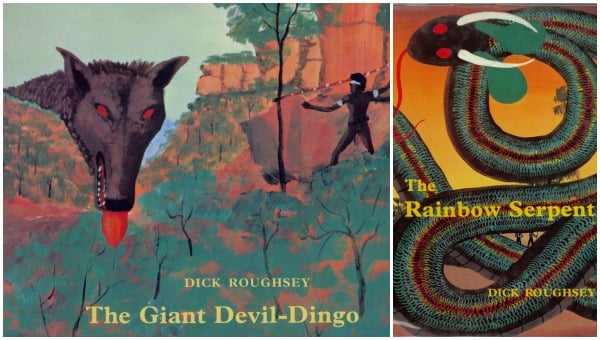
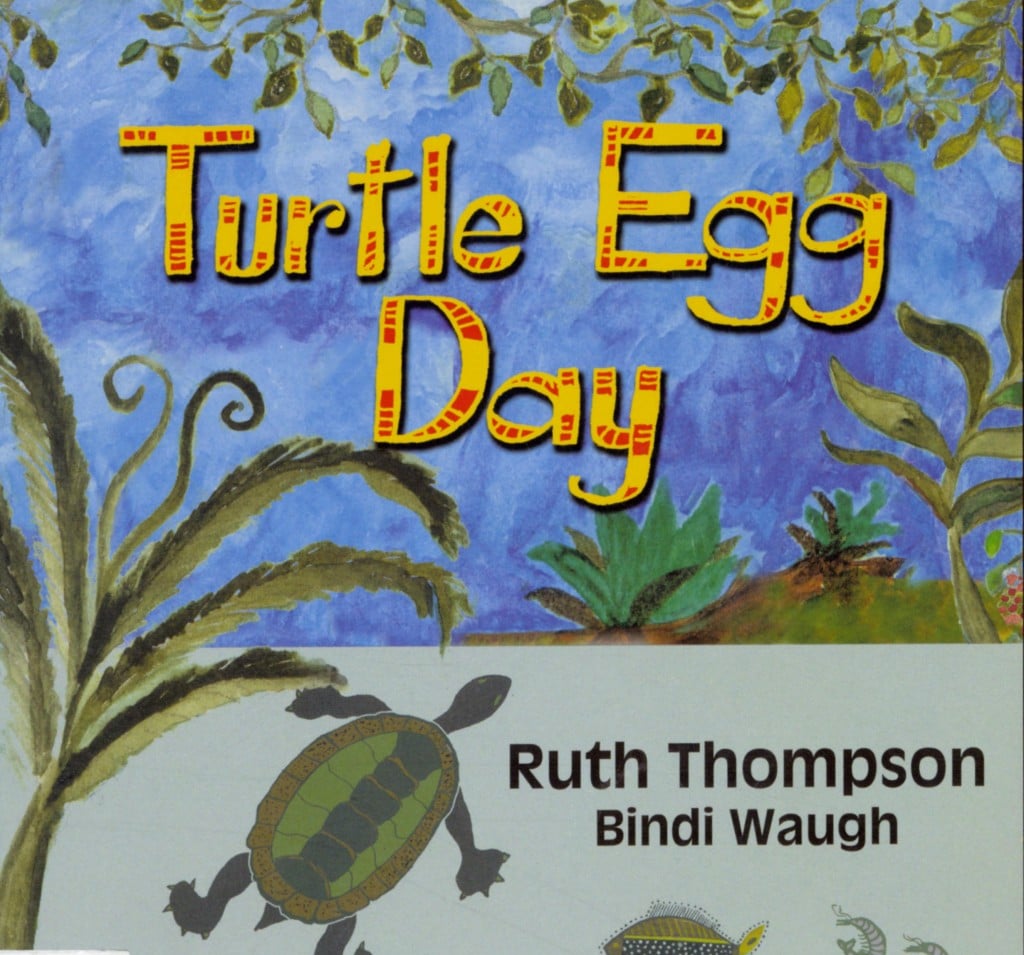
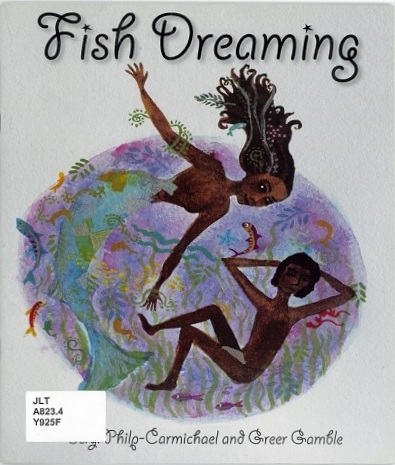



Thankyou. This is wonderful. I’m going to look these up at the SLV, and maybe my community library will have some too. Very interesting to learn about the first Indigenous Australian collaboration between author and illustrator to produce a children’s book.
I am very interested to visit the Indigenous Children’s Books exhibition – but I don’t seem to be able to find out if it is still on show.
I co-ordinate the program for the University of the Third Age in Deepdene. We have an Indigenous Issues group and I’d like to promote the exhibition to that group. Ideally, from that point of view, the exhibition would still be on show in May. Any chance?